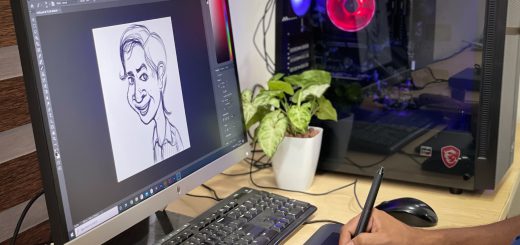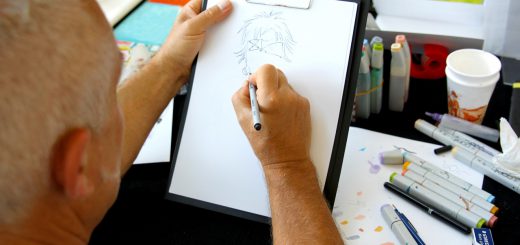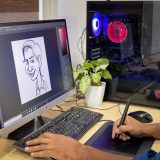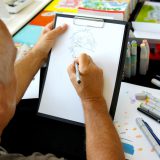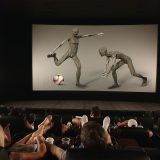Best animation tips for beginners!
For beginners, it can get extremely difficult to start animating. Designing an animation for a beginner can be overwhelming and hard because of the amount of energy and hard work that has to be put in. We tried to list some of the best animation tips for beginners!
Squash & Stretch
One of the most important tools at an animator’s disposal is squash and stretch. A lot of amateurs make the mistake of learning how to animate using only focusing on pose-to-pose animation (and falling into the trap of having stiff movement)!

Add Anticipation to Your Movement
One of the best animation tips for beginners is to add anticipation to your movement. Anticipation means using a drawing from before the action really gets going to prepare viewers for what’s about to happen. For example, if a character is about to jump up in the air, you might want them to crouch down in preparation for leaping forward. When they do this, it lets viewers know what will happen next—and when they see the character jump up in the air after that, they’ll understand why it happened!
Another great tip is something called “follow through.” This means leaving some drawings in an action sequence after they’ve ended so that viewers have time to process what they just saw and understand where everything went back into place. For instance: let’s say someone swings their arm back and forth while walking across the stage; during follow-throughs, we’ll leave one more drawing with their arms still held out before returning them to their sides again.
Add Arcs

Arcs are curved movements around a circle and you can see them in everything that moves: doors opening and closing, wheels spinning, leaves moving in the wind.
You can use arcs to animate all kinds of characters, but they’re particularly useful when animating humans. Since the human body is made up entirely of joints linked together by bones, it can be difficult to know how to move them naturally without creating mechanical-looking animation. But once you understand that the movement comes from arcs and that you need to exaggerate them to make them noticeable, then you will have an easy time creating an organic movement for your characters!
Make Use of Secondary Action
Secondary action is all about what else a character can do while they’re doing something else. For example, if someone’s talking on their phone and walking, you can have them bob their head up and down as they talk to show how engaged and interested they are in the conversation. Or if someone bumps into another person, you could give them an embarrassing head scratch afterward. We recommend studying real-life examples of people interacting with each other so you can come up with situations that feel natural and organic.
Secondary actions add a lot of life and energy to your scenes and will help your characters feel more like real people instead of stiff robots.





